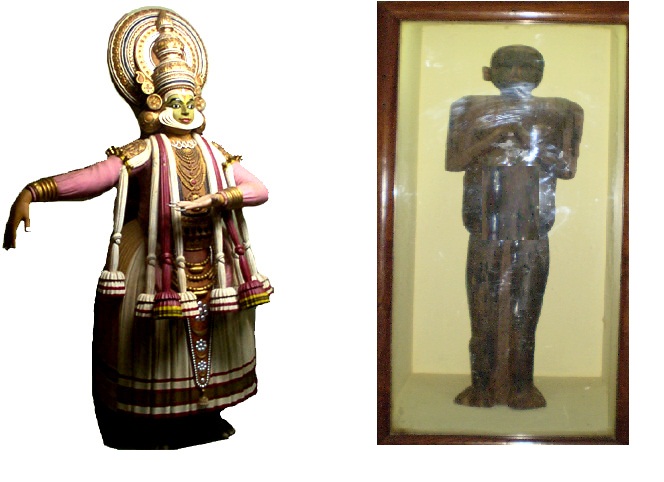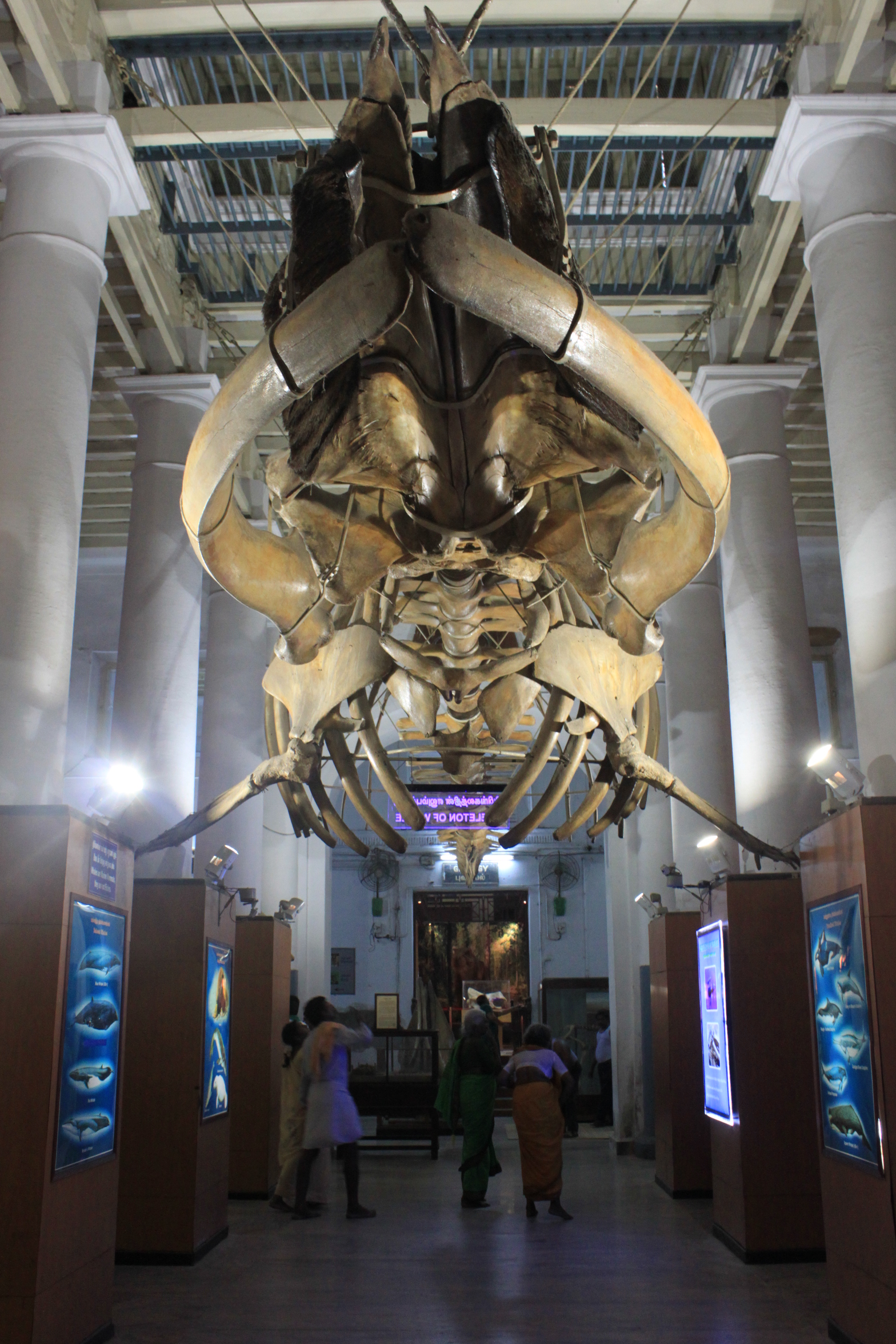Please wait ...
The Government Museum is the second oldest museum after Indian Museum, Kolkata and tenth old museum in world. This Museum have a wide collection of human history and culture located in the neighbourhood of Egmore in Chennai, India. Started in 1851.

It is particularly rich in archaeological and numismatic collections. It has the largest collection of Roman antiquities outside Europe. Among them, the colossal Museum Theatre is one of the most impressive. The National Art Gallery is also present in the museum premises.

Main Buliding
Built in Indo-Saracenic style, it houses rare European and Asian painting of renowned artists, including that of Raja Ravi Varma. It is the third largest museum in the world, and with 0.6 million visitors in 2018. It has the richest collections of bronze idols, 500 of them dating to 1000 BC, in Asia.
In 1778, the governor of Madras granted 43 acres for an estate to a civil servant, who, subsequently in 1793, assigned the grounds to a committee of 24 which then regulated the public amusements in the city. In 1821, the committee sold the main house and central garden space to E. S. Moorat, an Armenian merchant who, in turn, sold it back to the government in 1830.

The government first used the buildings and the grounds as the collector's "Cutcherry" and later for the "Central Museum." The museum was originally established in a building on College Road in Nungambakkam in the year 1851 and was shifted to the present site in 1854.
The museum complex consisting of six buildings and 46 galleries covers an area of around 16.25 acres (66,000 m²) of land. The objects displayed in the museum cover a variety of artifacts and objects covering diverse fields including archeology, numismatics, zoology, natural history, sculptures, palm-leaf manuscripts and Amravati paintings.

Located close to the main museum entrance gates on Pantheon Road, the museum theatre is a rare specimen of the Italianate style of architecture, inspired by Classical architecture and developed in 1802 at Britain by John Nash. However, the theatre was built by the British in the late 19th century when this style was no longer popular in England. The structure has a high plinth and is accessed through a tall flight of stairs. It is primarily a semicircular structure with a rectangular wing at the rear. The latter wing now houses some of the galleries of the museum. The main hall is accessed through a verandah with a row of columns linked by semicircular arches. The walls and columns are embellished with floral and geometric designs.

The huge main hall was initially designed for staging theatrical performances. It has around 600 seats and a commodious stage and the actors' dressing rooms adjoin this stage.

Cannons at the museum complex

Sculpture of Vishnu in bronze from the Chola period

Sculpture of Bhadrakali in bronze from the 14th century CE

Sculpture of Dakshinamurthi from the Chola period, 12th century CE

Sculpture of Mahishasuramardini in bronze from the Chola period, 11 century CE

Contemporary Paintings

Folk Religion

Dinosaur Skeleton